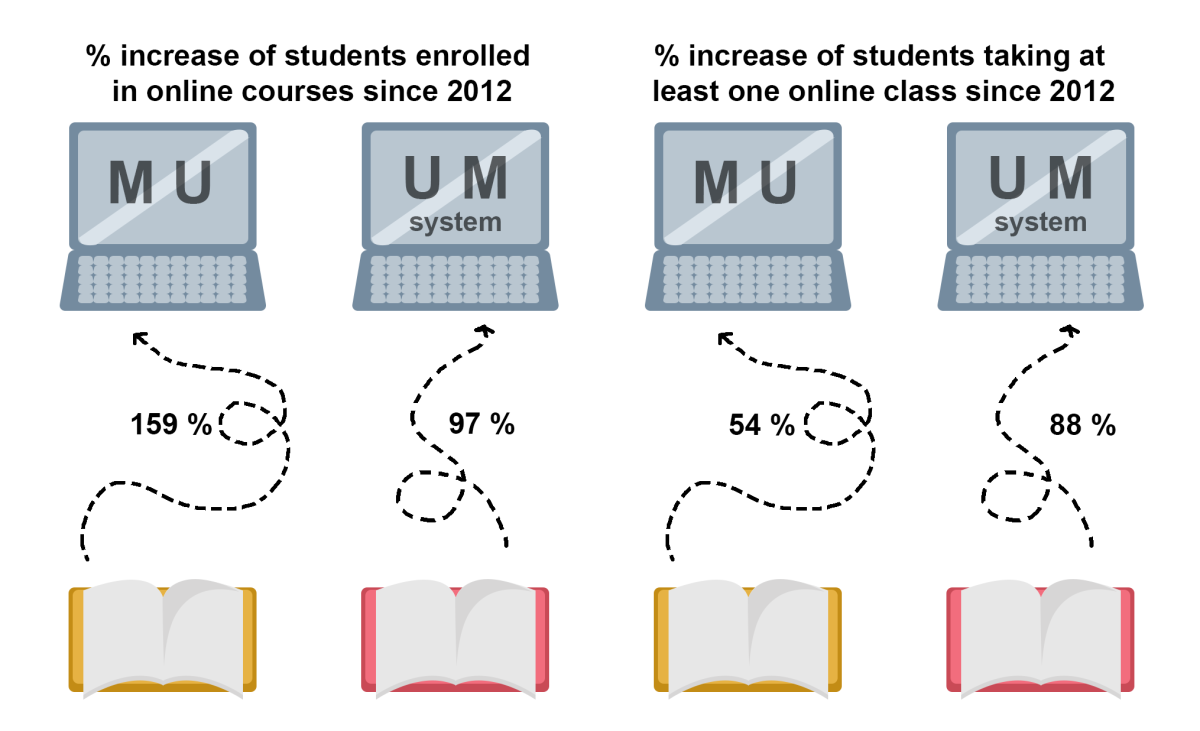The UM System Board of Curators met April 12-13 at Missouri University of Science and Technology to discuss a new faculty outreach program, changes in enrollment, enforcing the “one university” rule and financial plans for the upcoming fiscal year.
####President’s report
On Friday, UM System President Mun Choi gave his president’s report.
Choi announced the commencement of the Presidential Engagement Fellows program that aims to share the wealth of knowledge UM System faculty have with the state of Missouri, according to the UM System’s website.
“We have fantastic faculty on every campus who want to help improve the lives of Missouri citizens, whether that is through better agriculture practices, new treatments in health care, technological discoveries or providing world-class artistic performances,” Choi said in a UM System press release.
Choi said selected faculty will speak at a number of events throughout the upcoming year and assist the system in fulfilling it’s duty as a land-grant university.
“We owe it to every Missouri citizen to share with them what we have discovered that can improve their lives,” Choi said in the press release.
He also said that MU’s acceptance rate increased by 14.5 percent this school year, and partnerships with community colleges improved the acceptance rate of transfer students by 33.7 percent.
Choi’s report also highlighted MU professor Kathleen Unrath, who received the Governor’s Award for Excellence in Teaching in early April.
Finally, Choi discussed the projected $160 million budget deficit in 2023 if current trends continue. He said that if campuses don’t take action to limit costs now, they will need to make “dramatic cuts” when the time comes. However, he said that campus leaders are already taking action with portfolio and performance reviews that will change the structure of their leadership.
Reducing costs also means making education more affordable for students. Choi recommended supporting the McGraw-Hill partnership for auto-access textbooks and creating efficient budgetary practices with the help of state leadership.
####Enrollment updates
Steve Graham, senior associate vice president for academic affairs, said the number of students enrolled in online courses has increased 159 percent at MU and 97 percent throughout the UM System since 2012. He said the number of MU students taking at least one entirely online class has seen a 54 percent increase since 2012, while the UM System saw an 88 percent increase in the same area.
Graham provided an update on the course-sharing initiative that began in spring 2015, which allows students at one UM System campus to enroll in courses offered at another UM System campus if the course is not full.
“As of this past year we’re now offering 50 of those courses that are shared across campuses, and approximately 500 students are jumping into those open spots,” Graham said.
Graham also emphasized the importance of streamlining the process of cross-campus enrollment with a new method, available April 30.
“We will have that one-stop shop with all four campuses listing all the programs and all the information about the programs,” Graham said.
During his report on online education, Choi said that he hopes to use e-learning as a way to serve different student populations.
“It’s very important for us to have the objective that our online education must provide a high quality learning experience,” Choi said. “It should be able to provide more flexible learning, especially when it comes to learning at any time.”
Choi expressed interest in looking to schools with renowned online education programs to explore different e-learning models, as well as looking into online education innovations such as early graduation, four-year double majors and stackable certificates to better suit students’ goals.
####One university
The Board of Curators discussed the “one university” rule established by the UM System during its critical issue discussion section. This rule requires that the four universities under the UM System act as one and enforce similar rules and regulations.
The UM System appointed Darryl Chatman as chairman to enforce this rule and ensure the university system acts as more of a single entity than separate ones.
He extensively researched the original one university rule from 1967.
“This one university concept requires a centrally directed operation,” Chatman said, reading from the UM System’s original CRR 20.010 document from 1967.
Chatman said that he will create a task force that will continue to connect the universities.
He also said that this is something the Board of Curators can do “right away,” as it requires little restructuring of programs.
Chatman said the task force is aiming to increase student success and collaboration between the universities. In addition, Chatman said he wants to incorporate an emphasis on shared governance.
“The University of Missouri is not a federation of semi-autonomous institutions,” Chatman said. “It is a single university with multiple locations.”
####Financial plans
Ryan Rapp, vice president for finance and chief financial officer at the UM System, noted that tuition fees have replaced state funding as the primary source of revenue. Missouri ranks last among all 50 states for growth in tuition per student while it ranks 42nd in growth of state support. Missouri was one of only two states to see a drop in not only tuition but state support as well since the Great Recession.
Rapp said the system will develop a five-year capital financial plan with changes in supplemental fees for the College of Business, College of Engineering and School of Health Professions.
A state capital appropriations request was also proposed and passed to be carried out during the 2020 fiscal year.
_Edited by Anna Sirianni | [email protected]_














